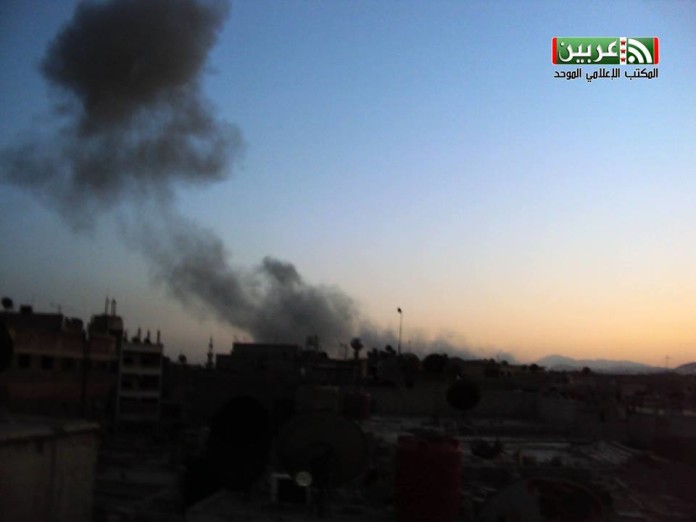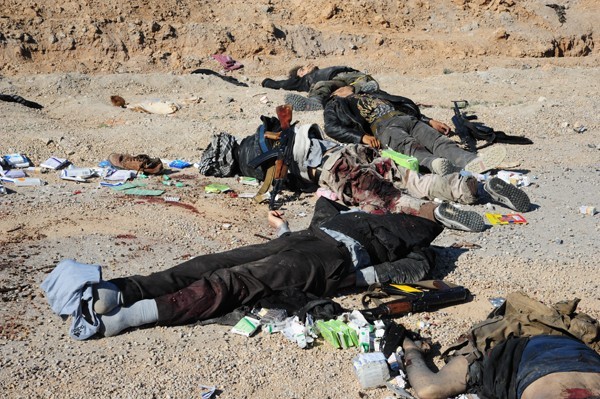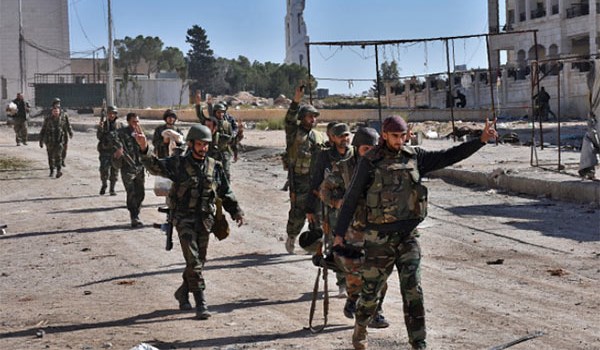Syrian Army Within 9km of the Ancient City of Palmyra

In late April of 2015, the Islamic State of Iraq and Al-Sham (ISIS) seized the ancient city of Palmyra (Tadmur), along with the vast majority of oil pipelines in the eastern countryside of the Homs Governorate after a surprise offensive in both Syria and Iraq caught the Syrian Arab Army (SAA) and the Iraqi Security Forces (ISF) off guard.
For over one month, the militants from ISIS pushed west towards the provincial capital of the Homs Governorate, leaving many Syrians fearful of a potential attack by the terrorist group at this densely populated city; however, the Syrian Arab Army and National Defense Forces (NDF) were able to forestall this advance near the Tiyas Airbase.
ISIS’ failure to capture the Homs Governorate’ most imperative airport (Tiyas Airbase) has paid dividends to the Syrian Armed Forces, who have in-turn, launched a counter-assault from their positions at Jabal Al-Sha’ar (Poet Mountains).
With support from the Syrian Arab Army’s “Liwaa Suqour Al-Sahra” (Desert Hawks Brigade), the Tiger Forces (Qawat Al-Nimr) have arrived just-in time to push south from the town of Jazal to the ISIS-occupied city of Palmyra; this was confirmed after pictures of Colonel Suheil Al-Hassan and members of the Tiger Forces surfaced on Sunday morning.
After they arrived in the town of Jazal, the Tiger Forces did not waste any time going on the offensive at the Jazal Gas Fields, capturing the western flank of the Jazal Mountains after intense clashes with the enemy combatants from ISIS on Sunday afternoon.
As a result of their success at the Jabal Mountains, the Syrian Armed Forces have advanced south towards the city of Palmyra, leaving only 9km of desert land between their positions and ISIS’ frontline defenses at the Al-‘Amariyah village.
If the Syrian Armed Forces can force the remaining ISIS fighters to retreat from the outskirts of Jazal, they can effectively attack the aforementioned terrorist group at the northern outskirts of Palmyra.




